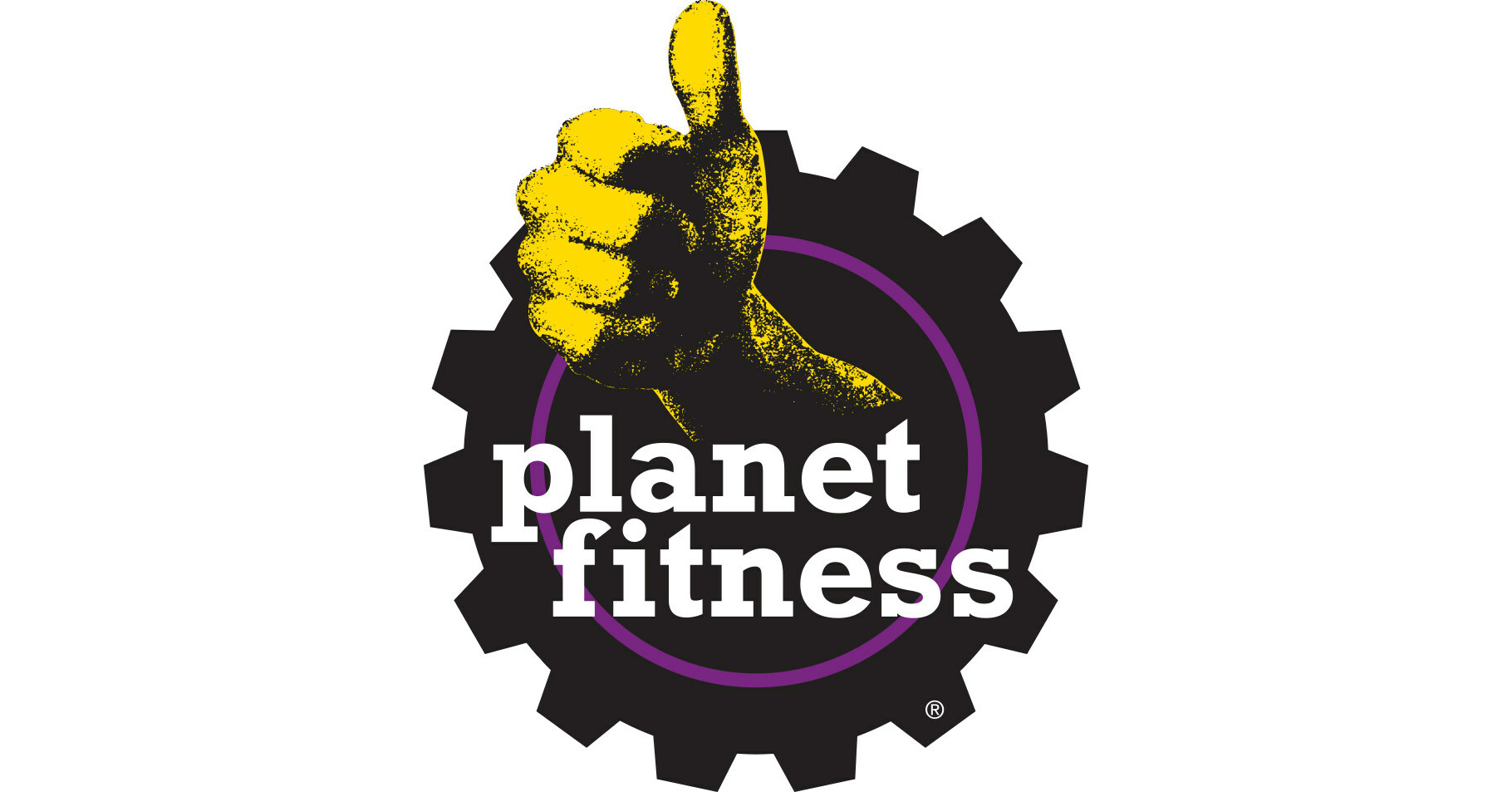Shopping
Image Recognition in Retail Market : Enhancing Shopping Experiences

Introduction
The Image Recognition in Retail Market is revolutionizing the way retailers interact with consumers and manage their operations. By leveraging advanced computer vision technologies, retailers can now offer highly personalized shopping experiences, streamline inventory management, and improve operational efficiency. Image recognition technology allows for real-time identification of products, customers, and even trends, providing actionable insights that drive smarter business decisions. As the retail industry continues to embrace digital transformation, image recognition is becoming a key tool in enhancing customer engagement, optimizing supply chains, and staying ahead of the competition.
According to market.us, The global image recognition market in retail is projected to reach approximately USD 17.5 billion by 2033, up from USD 2.3 billion in 2023, reflecting a robust CAGR of 22.5% from 2024 to 2033.
Key takeaways from the Image Recognition in Retail Market include the forecasted market size reaching approximately USD 17.5 billion by 2033, with a compound annual growth rate (CAGR) of 22.5%. As of 2023, the Software segment was the market leader, commanding over 47% of the market share. Similarly, the Cloud segment dominated, holding more than 60% of the market. Object Recognition and Visual Product Search segments were also significant, with Object Recognition securing over 30.6% and Visual Product Search capturing more than 30.5% of the market share.
Emerging Trends
One of the most exciting trends in the image recognition in retail is the integration of augmented reality (AR). AR allows customers to visualize products in a real-world environment, enhancing the shopping experience. Additionally, there’s a growing adoption of AI-powered cameras that analyze customer behavior and preferences, which helps retailers tailor their marketing strategies more effectively.
Top Use Cases
The top use cases of image recognition in retail include automated checkout systems, where cameras quickly identify products, speeding up the checkout process and reducing labor costs. Stock management is another critical application; image recognition helps track inventory levels in real-time, alerting staff when to reorder or restock items. Furthermore, personalized advertising has become more sophisticated with image recognition, as digital displays can change content based on the demographics and behavior of the viewer.
Major Challenges
However, this technology is not without its challenges. Privacy concerns are at the forefront, as the use of image recognition involves processing a vast amount of personal data. There’s also the issue of high implementation costs, as advanced image recognition systems require significant investment in both technology and training. Moreover, the accuracy of image recognition can sometimes be affected by poor lighting or obscured product views, leading to potential errors.
Market Opportunity
Despite these challenges, the market opportunities are vast. The increasing demand for a seamless and personalized shopping experience drives the adoption of image recognition technologies. Retailers who leverage this technology can improve efficiency, enhance customer satisfaction, and increase sales. Moreover, as technology evolves and becomes more affordable, smaller retailers will also be able to adopt image recognition solutions, broadening the market.
Conclusion
In conclusion, image recognition is set to be a game-changer in the retail industry. With its ability to enhance customer experiences, streamline operations, and open up new marketing avenues, its integration into retail strategies is increasingly indispensable. As technology advances and overcomes existing challenges, its adoption is expected to grow, marking a significant shift in how retail operates globally.
https://market.us/report/image-recognition-in-retail-market/








